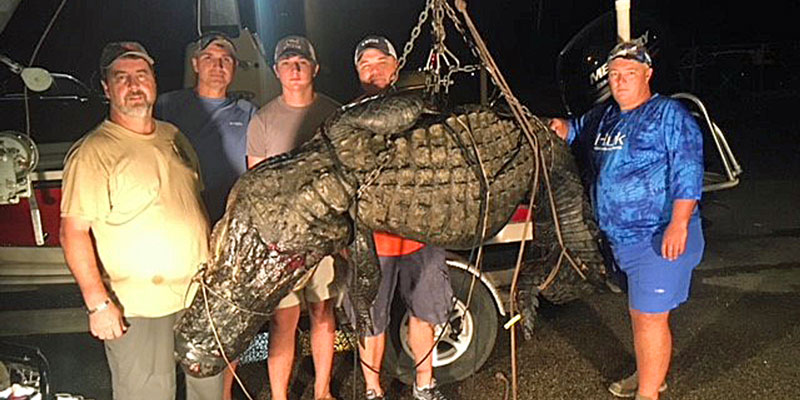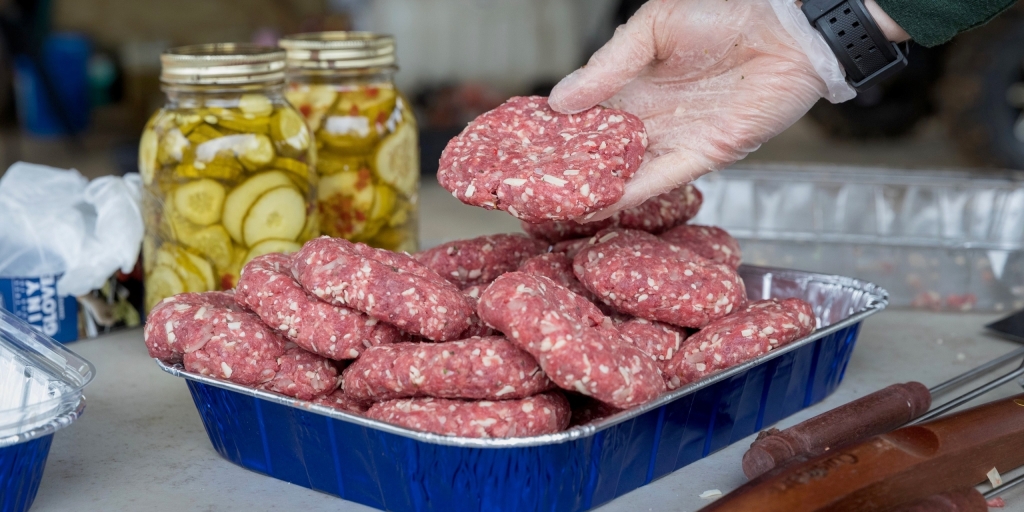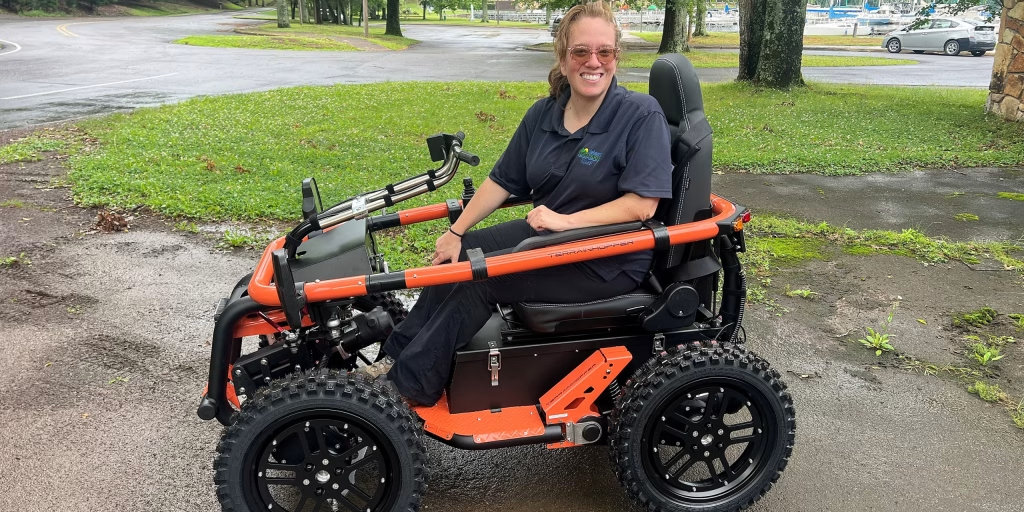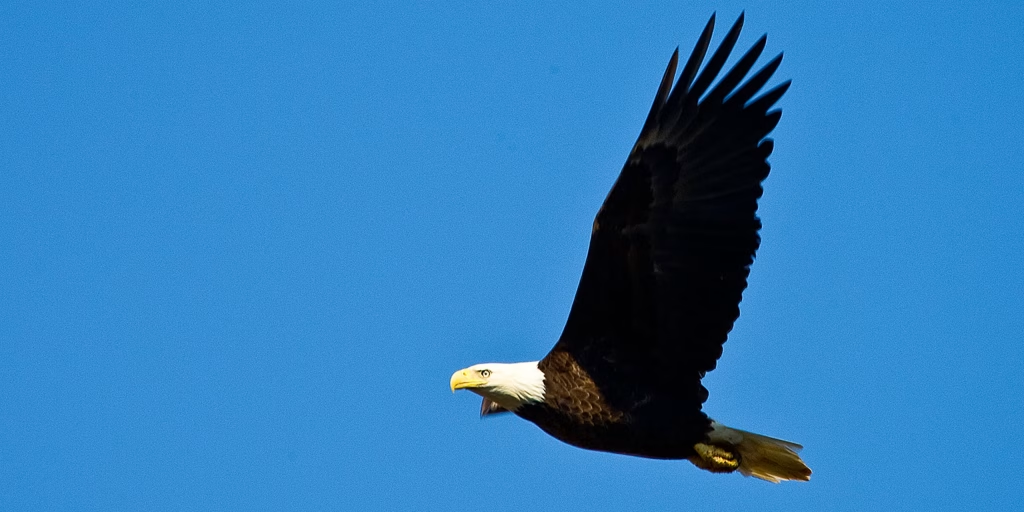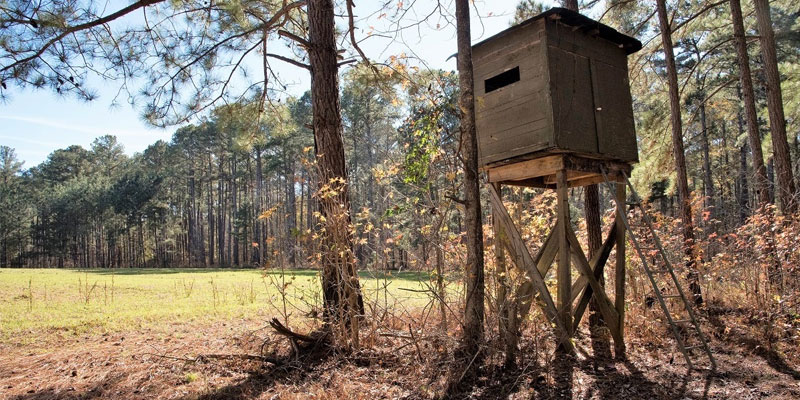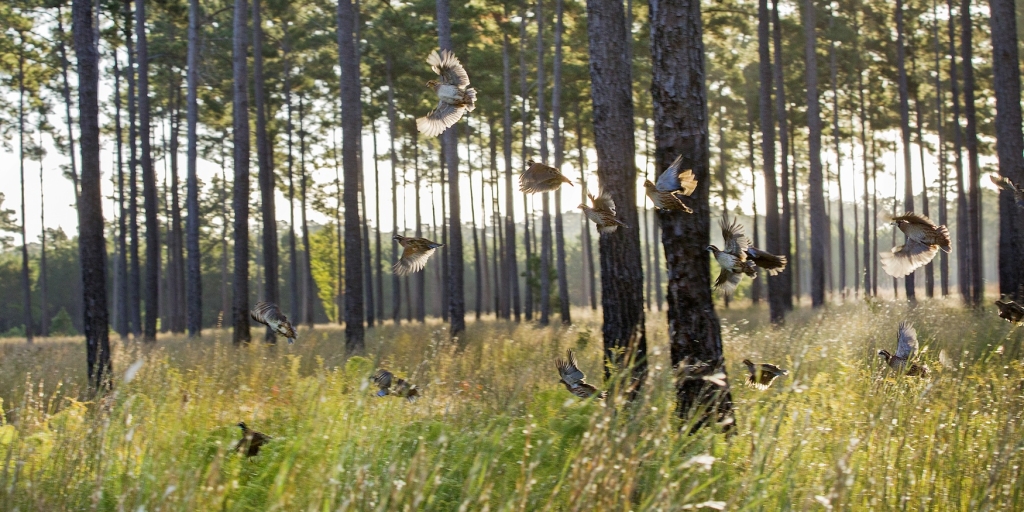With the application process for the 2018 Alabama alligator seasons underway, Rodney Young is now faced with a dilemma.
No, it’s not that he isn’t going to apply again. He’s already done that. His problem is how to get the monster gator he and his team bagged last year into his house.
Young tagged a 13-foot gator that registered 667 pounds on the scale last year in the Southwest Zone, the largest gator of the year.
Young decided to have a full-body mount made and plans to put it in his home in Stapleton when the taxidermist is finished later this year.
“I’m going to put him in my man cave over the garage,” he said. “I’m hoping it’ll go up the staircase. If not, I’m going to have to get a crane or lift of some kind and put him through the window. I haven’t figured that out yet.”
Young and his team faced a similar situation last August during their gator hunt in the Mobile-Tensaw Delta. Young admits they were lucky to find a big gator because they hadn’t done any scouting.
“We were just rolling the dice, running up and down the rivers,” Young said. “We saw a bunch of 10-footers. This was my first hunt. I was out with some buddies of mine who had been on several hunts through the years. We’d see one and my buddy Gary Goins would say, ‘Nah, ain’t big enough.’”
About 2 a.m., the team was running up the Tensaw River when one of the crew shined a light on the bank and spotted a big gator in a man cave of his own.
“All we could see was the tip of his nose and his eyes,” Young said. “But we knew right then it was a good one. We were probably 100 yards away, but we knew we were onto something.
“He was in what looked like a little cove. The way the willows were, it created a little pocket and trees had grown over the top. We were having to cast sideways. We’d hit limbs and trees, and the gator would go down. That happened four times. We’d fool with him, and he’d go down. We’d back out in the river and watch for him. About 30 minutes later, he’d pop back up.”
Then the big gator made a fatal mistake. He abandoned his cove.
“We were setting up to watch him again when one of the guys yelled, ‘He’s running,’” Young said. “He was tired of us fooling with him, and he came out into the river. We spun around and got two lines in him. That was an hour-and-a-half into the process. Of course, then the fight was on. He’d go down. We tried to keep two lines on him with treble hooks. He’d spin and pop one off. Then we’d get another one in him.”
After the team finally got the gator under the boat, Young donned a pair of gloves and grabbed the large line with a snatch hook. Young hooked the gator but it didn’t come up right away.
“When he finally got to the surface, his head came completely out of the water,” he said. “That’s the first time we got a good look at him, and we realized we had a monster.”
The team finally wore the big gator down and secured him to the side of the boat at 5 a.m. Young dispatched the gator with one shot.
“At that point, we were as worn out as he was,” Young said.
Then Young’s team was faced with another dilemma. They were in Goins’ Blazer Bay boat because of motor problems on their boat that was designated for gator hunting, and Goins didn’t want the gator messing up his almost-new boat.
“He told us, ‘We can take the Blazer Bay, but we’re not putting that gator in the boat,’” Young said. “We said, okay we’ll tie him off. Bear in mind, we shot that gator at 5 o’clock. We realized we would never make it back to the weigh station before it closed if we had to go back to the launch and then drive to the Causeway.
“Gary was sitting there with his head in his hands. Finally, he said, ‘The heck with it. Put him in the boat.’ We didn’t bat an eye. We weren’t going to give him a chance to change his mind, so we started pulling the gator in the boat. It took all five of us to get him in the boat. Then four of us had to go to the bow of the boat to get the boat up on plane. But we got to the weigh station in time.”
Although Young has applied for a tag this year, he said he knows the point system implemented in 2014 will put him at the bottom of the list for 2018.
“I’m not holding out a lot of hope,” he said. “I figure it’ll take another two or three years to get another tag. It took me seven years to get the first one.”
Chris Nix, Alabama Wildlife and Freshwater Fisheries’ Alligator Program Coordinator, said a preference points system was implemented for the 2014 season, and it is working as expected. For each year an applicant fails to draw a tag, the points are cubed with a point added for the current year.
“If you have applied since 2014 and haven’t been drawn, you will have 65 points now,” Nix said. “It’s not guaranteed, but those people are highly likely to get drawn now. The longer the point system is in place, the quicker the turnover for people who haven’t gotten a tag.”
To ensure that new applicants have a shot at a tag, Nix said that 85 percent of the tags are filled with applicants with preference points and the remaining 15 percent are allocated to those with no points. Once a person is drawn, the preference points are zeroed out. Preference points are also lost if the person fails to apply for a tag.
Nix said the 2018 alligator season parameters are the same as last year with 260 total tags statewide – 150 in the Southwest Zone, 50 in the West Central Zone, 40 in the Southeast Zone and 20 in the Lake Eufaula Zone. Hunting is from sunset to sunrise.
Season dates for the Southwest Zone and the West Central Zone are sunset on August 9 until sunrise on August 12 and sunset on August 16 until sunrise on August 19. The Southwest Zone includes private and public waters in Baldwin and Mobile counties and private and public waters in Washington, Clarke and Monroe counties that lie east of U.S. Highway 43 and south of U.S. Highway 84. The West Central Zone includes private and public waters in Monroe (north of U.S. Highway 84), Wilcox and Dallas counties.
The Southeast Zone season opens at sunset on August 11 and runs until sunrise on September 3. The Southeast Zone includes private and public waters in Barbour, Coffee, Covington, Dale, Geneva, Henry, Houston and Russell counties (excluding public Alabama state waters in Walter F. George Reservoir/Lake Eufaula and its navigable tributaries).
The Lake Eufaula Zone includes public state waters only in the Walter F. George Reservoir/Lake Eufaula and its navigable tributaries south of Alabama Highway 208 at Omaha Bridge (excludes Eufaula National Wildlife Refuge). The Eufaula season dates are from sunset on August 17 through sunrise on October 1.
An 8-foot restriction on harvest is in effect for the Lake Eufaula Zone. The other zones have no size restrictions.
Registration continues until 8 a.m. on July 11. After a computer-controlled drawing, entrants can find out if they drew a tag after noon on July 11 by logging on at the same page where they registered at. Those who are drawn will have seven days to confirm the tags and are required to attend a zone-specific training class with a couple of exceptions.
“If you’ve taken the class as a tag holder or alternate in the Southwest Zone or West Central Zone, you’re exempt from having to take it again,” Nix said. “If your tag is in the Southeast Zone or Lake Eufaula Zone, the class is mandatory every year. We do that because of the contiguous zones with Georgia and the Eufaula National Wildlife Refuge, which is off-limits.”
Nix said between 60 and 70 percent of the tags are filled annually, but it’s not because of a lack of alligators, especially in the Southwest Zone.
“We could have a 100-percent success rate in the Southwest Zone every year,” he said. “People pass up gators they wish they had tagged. It’s just like deer hunting. Most people don’t shoot the first buck that walks into the field. People usually don’t take the first alligator they see.
“But to each his own. We had a couple that brought in two 4-footers last year, and they were as happy as could be.”
David Rainer is an award-winning writer who has covered Alabama’s great outdoors for 25 years. The former outdoors editor at the Mobile Press-Register, he writes for Outdoor Alabama, the website of the Alabama Department of Conservation and Natural Resources.




